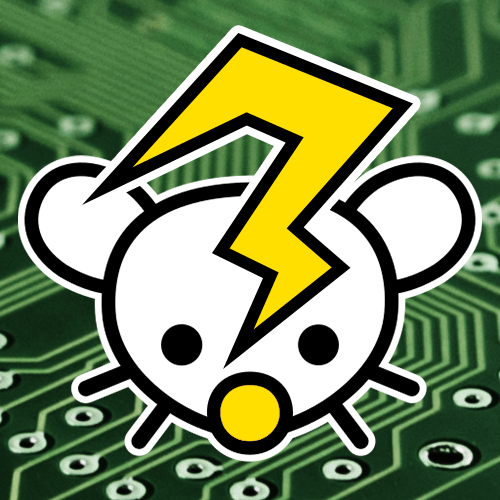Hello, I have a circuit that will need to return connected hardware to a default state if power is lost. The hardware can handle continuous voltage, so I’m thinking a simple solution would be to use a battery to provide that fallback power source. To avoid draining the battery, I’d like to connect it through a relay on the normally open contact and energize the relay directly from the main power supply on my board.
Do I need to look for anything in particular to make sure the coil on the relay I choose can sustain constant voltage for potentially months at a time without damage? Or, is there another similarly low cost and simple solution you’d recommend?
The circuit runs on 12VDC from a [Mean Well IRM-10-12 (specification), and the relays I have on hand are OMRON G5LE-14-CF 12VDC (specification). I don’t see anything on the relay documentation that specifies a maximum duty cycle.


I sort of hate relays. For 12VDC and a light load, I might consider a depletion-mode MOSFET and a diode to protect the battery. Much faster switching time than a relay, and quite probably lower internal resistance! Also no moving parts and much lower current consumption. There are some cases where it’s not appropriate though.
Anyway, I looked through the datasheet and you’re right – no mention of wear and tear from just leaving the solenoid energized, only from switching. Failure time also seems to increase when switching high currents. Since you don’t seem to be doing either of those things, I think you should be in the clear.
Would this be a good use case for an SSR?
I was thinking about that, but if they are using 12VDC + light load a MOSFET would be more cost and space efficient, and probably more electrically efficient too. No real voltage drop, and just a few milliohms added to the load.
I mainly use SSRs to switch mains power, although it’s true they can be used for other things too.